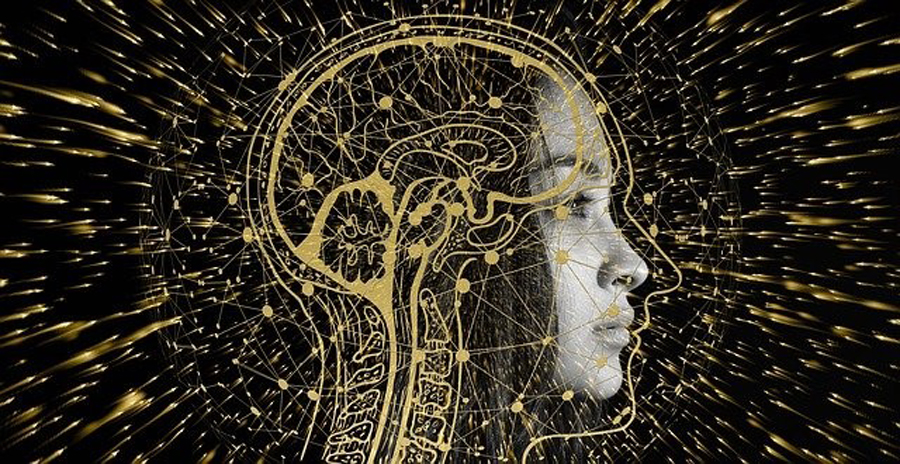
The parasympathetic nervous system (PSNS) slows our pulse and breathing rates. Reducing blood pressure, and aids digestion when it is engaged. This is also known as “rest and digest”. Our bodies go into a state of relaxation, which helps with healing.
In today’s time, you can do various ways to stimulate your parasympathetic nervous system such as vagus nerve stimulation device, meditation, breathing, etc.
Tips To Activating Your Parasympathetic Nervous System And Increase Your Vagal Tone
Stress is everywhere, but we should know how to control our emotions so that we can lessen any negativity. According to statistics of the most stressed nations, the United States ranks 7th while Greece ranks first.
You have no excuse not to feel better now that we’ve shown you how. We know it can be hard with all of the stress in this world, but if there is one thing our research has taught us then it’s a simple truth: controlling your emotions will lessen any negativity and lead towards lessening one’s own level on worry or anxiety–no matter where they may live! Here are some techniques that should do wonders at stimulating parasympathetic nerve endings for relief from chronic feelings like frustration and stress.
- Meditation: An estimation of two hundred to five hundred million people does meditation worldwide. It is recorded that 60% of the time, meditation helps improve stress and anxiety. Meditation is a tried-and-true method for improving one’s psychological state, as well as their physical. There are many benefits to meditation including improved stress levels and lower rates of anxiety or depression among other things.
- Vagus Nerve Stimulation Device: VNS works by increasing the synthesis of specific neurotransmitters in the brain, which helps to alleviate depression symptoms. Patients with depression reported that they experience improvements from their symptoms months after starting VNS therapy. For people that only want to improve their sleep and lifestyle, you can find and purchase a less invasive device that can stimulate your vagus nerves. You can research and understand further how vagus nerve science can help for a better night’s sleep.
- Massage: Massage is a wonderful way to relax the body and mind. It can make you feel more powerful, calm down any illness that may be happening within yourself as well as train your SNS or PSNS muscles easier so they become stronger with practice! Massage has been demonstrated to help restore the equilibrium of our SNS and PSNS. Massage can make us feel more powerful, calmer, and capable of fighting illness. It also retrains the body to shift into PSNS more easily. From statistical data, 30% of consumers from 2020 have had a massage due to doctor’s advice in lessening an individual’s stress.
- Breath Work: This is a technique to activate your vagus nerve. Ever feel like you’re living in the fast-paced world, with all its hustle and bustles? You need to find time for yourself. Take some deep breaths! Breathing deeply and slowly. The vagus nerve is known to decrease anxiety and boost the parasympathetic system. Typically, an individual takes 10 to 14 breaths each minute. It’s a good idea to take around six breaths in a minute to reduce tension. A good recommendation is deep breathing from the diaphragm. Your stomach should stretch outward when you do this. Execute this with long and slow exhalations. It is crucial for activating the vagus nerve and achieving relaxation.
- Yoga: Yoga, like meditation, will assist in the activation of your PSNS. It also improves your capacity to reduce the fight or flight reaction when faced with a stressful situation. Regular yoga sessions or self-practice will help you improve your breathing, resilience, strength, flexibility, and general health. Yoga has been shown time and again as a wonderful way to improve your physical, mental health. It can help reduce symptoms of depression or anxiety for most people that practice yoga. According to data, 54% of yogis experience a release in tension while doing yoga. While 52 women in research have felt a decrease in their symptoms from depression and anxiety.
- Talking and LaughingTherapy: Laughter is the best medicine. It’s been scientifically proven that talking and laughing have a stimulating effect on your vagus nerve, which means it can make you feel better by changing how fast or slow beats come out of our bodies! A happy emotion and positive social relationships help promote and improve the vagal tone. This has already been scientifically proven. Laughter is proven to boost mood and increase heart rate variability. Aside from that, stimulating your vagus nerves can be a cause of frequent laughing as a side effect. It is frequently suggested that both of them are linked and do affect each other.
- Exposure To Cold Temperature: Cold temperatures have been shown to stimulate the vagus nerve, which is responsible for generating some of our most powerful emotions such as fear. This means that when you’re exposed to a cold environment your body goes into sympathetic mode because it needs all its energy resources towards heating itself up and staying safe from freezing! This leaves little room left over for other tasks like digestion or relaxation – so if we want optimal wellbeing during these times then engaging in more parasympathetic activities would be ideal (like taking deep breaths). It turns out even just 10 minutes spent without moving around could make enough difference between feeling satisfied versus rundown after eating dinner tonight.
The Best Way For Convenient Stimulation of Your PSNS
Various options and unique procedures are offered nowadays for the improvement of lifestyle. We can’t expect productive, and happy days all throughout our life. These techniques are guides on how to lessen your stress and achieve a more desired lifestyle.
A convenient way of stimulating your parasympathetic system is to use a non-invasive vagus nerve stimulation device. During exercise, sleep, or busy days. To help soothe your system.
Comments
comments